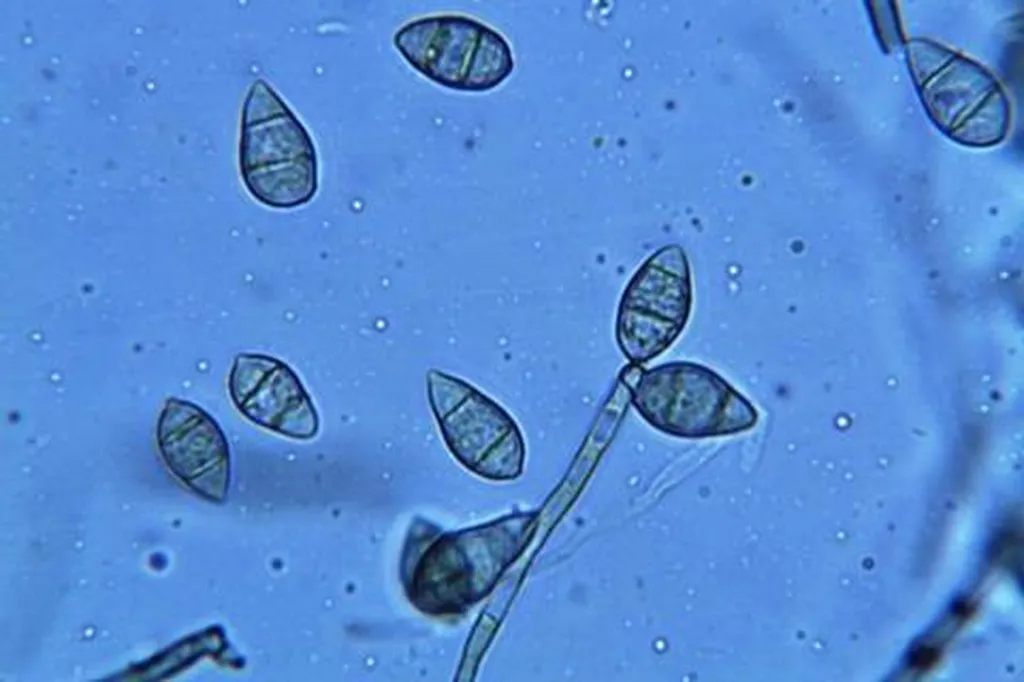In the relentless battle against rice blast, a disease that threatens global rice production, scientists have made a significant breakthrough. Researchers led by Yingying Cai from the State Key Laboratory for Quality and Safety of Agro-Products at the Zhejiang Academy of Agricultural Sciences have developed novel methods to investigate the sexual reproduction of *Magnaporthe oryzae*, the fungus responsible for rice blast. This discovery could pave the way for better disease control and improved rice yields, with far-reaching implications for global food security.
Rice blast is a formidable foe, causing significant losses in rice crops worldwide. The pathogen’s high genetic diversity, driven by sexual reproduction, makes disease control particularly challenging. “Understanding the mechanisms governing sexual reproduction in *M. oryzae* is crucial for developing effective control strategies,” Cai explains. However, the lack of reliable methods for scalable ascospore progeny production has hindered progress in this area.
The research team established two innovative mating methods: Conidial Mixing Mating (CMM) and Hyphal Segments Mixed Mating (HMM). Both methods involve optimized suspensions mixed at 1:1 ratios and incubated under standardized conditions. By employing advanced imaging techniques, the researchers characterized the morphology of perithecia, asci, and ascospores, providing valuable insights into the sexual reproduction process.
The implications of this research are profound. “These methods not only facilitate the study of sexual mechanisms but also open new avenues for understanding the evolution of pathogenicity and genetic variation in *M. oryzae*,” Cai notes. This knowledge is vital for developing targeted disease control strategies and improving rice crop resilience.
The study, published in the Journal of Fungi (translated to English as “Journal of Mushrooms”), represents a significant step forward in the fight against rice blast. By providing foundational tools for investigating sexual reproduction in *M. oryzae*, this research lays the groundwork for future developments in agricultural biotechnology and disease management.
As the global population continues to grow, the demand for sustainable and resilient food sources becomes increasingly urgent. This breakthrough in understanding *M. oryzae* sexual reproduction offers hope for enhancing rice production and securing food supplies for future generations. The work of Cai and her team underscores the importance of scientific innovation in addressing global agricultural challenges and highlights the potential for technological advancements to transform the energy sector and beyond.

